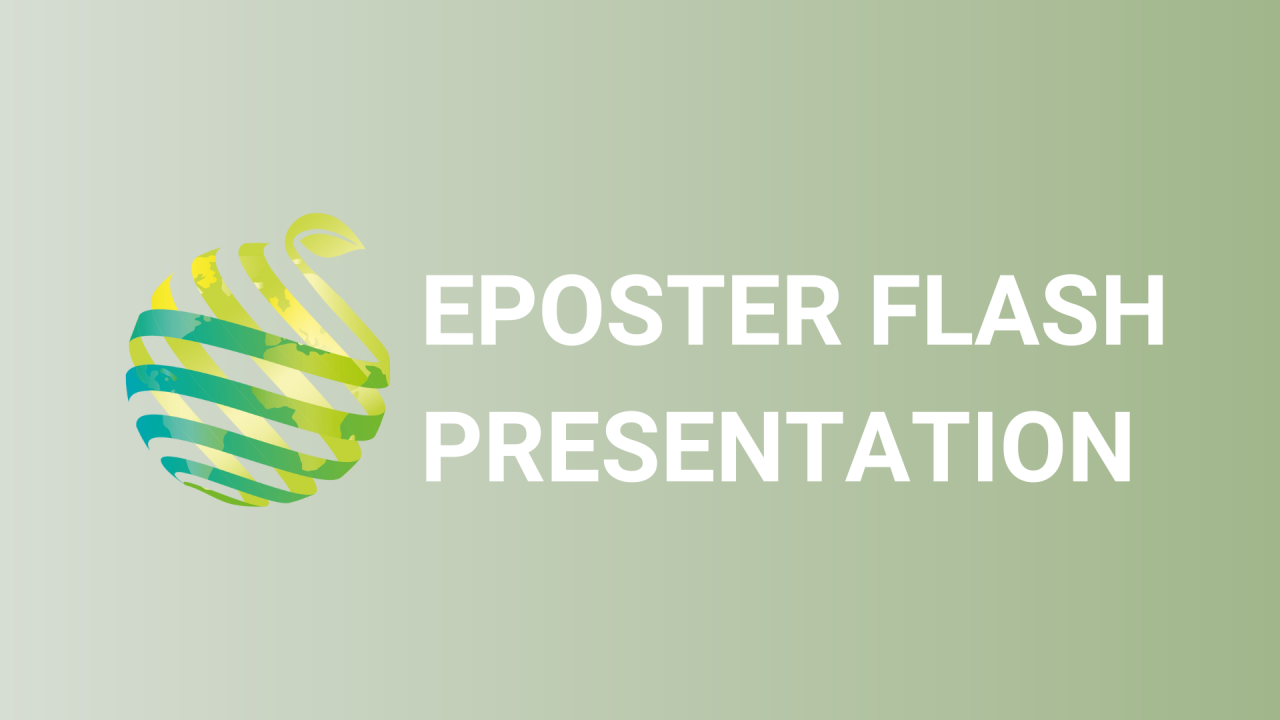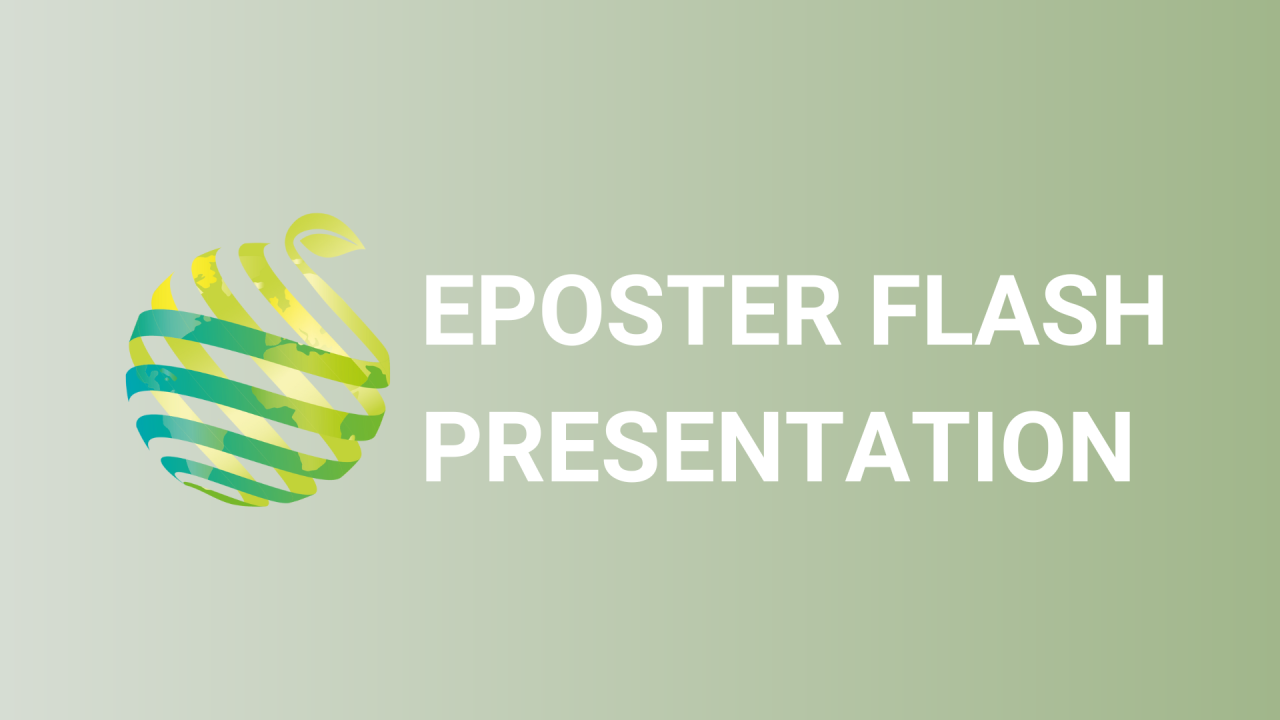

S18 - Session P2 - Early detection of fungal infection on cowpea seeds by NIR spectroscopy and thermal imaging
Information
Authors: Doaa Shehata *, Gamal Elmasry, Nasser Mandour, David Rousseau, Etienne Belin
Seeds are the corner stone of successful agricultural production, so that it is quite important to keep seeds in high quality conditions. However, infection of seeds with different kinds of fungi is a serious problem encountered during seed handling and storage that inevitably affects seed health, germination capacity and vigor. Some fungal species may produce, under certain conditions, mycotoxins and secondary metabolites which are toxic for humans and animals. The detection of such infection is rather difficulty especially at early stages of fungal growth where it is quite difficult to discern by either by human inspection or the ordinary vision techniques. Such traditional methods of seed quality detection are usually criticized as slow, inaccurate, and destructive analytical methods. This study was carried out to employ NIR spectroscopy and thermal imaging techniques to detect fungal infection by Aspergillus flavus in cowpea seeds (Vigna unguiculata) at early stages of infection before being visible to human eyes. Cowpea seeds artificially infected with Aspergillus flavus were prepared and their spectral signatures and thermal images at different stages of infection were acquired and analyzed using multivariate analysis modeling. Seed quality features in terms of morphological and spectral features of the examined seeds in the NIR range of the electromagnetic spectrum, and thermal response were indicators of fungal infection. Moreover, infected seeds were planted, and their germination capacity was estimated and evaluated. The results obtained are very promising and revealed the potential of such techniques in detection fungal infection in cowpea seeds and could be extended in different strategic seeds to take the proper actions during handling and storage.